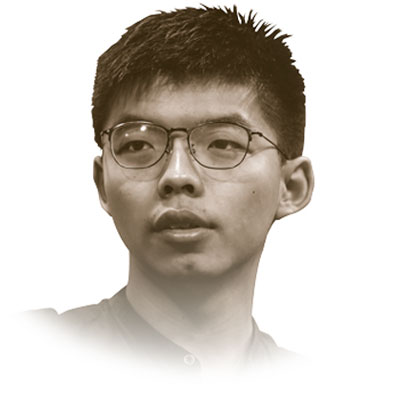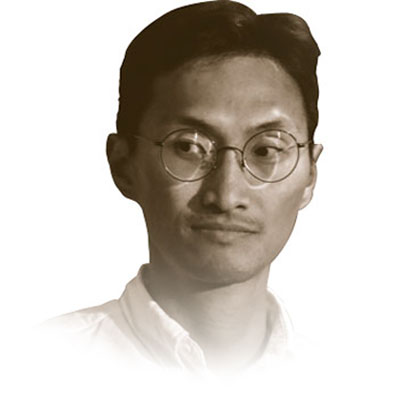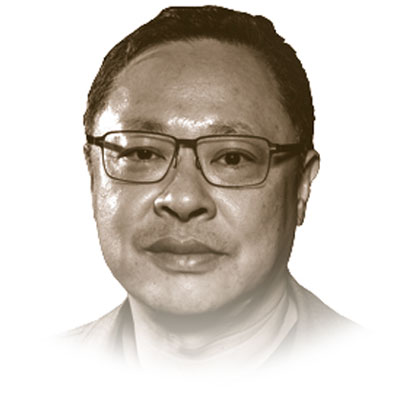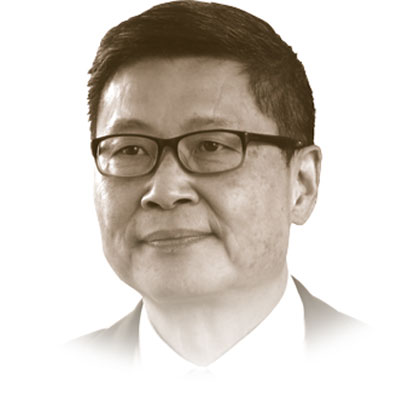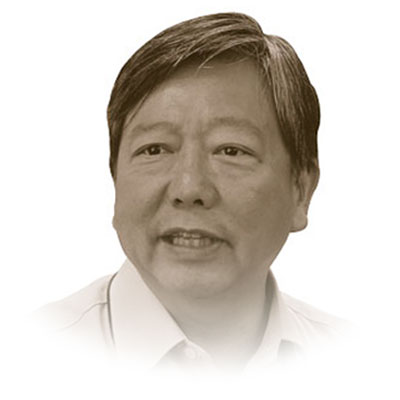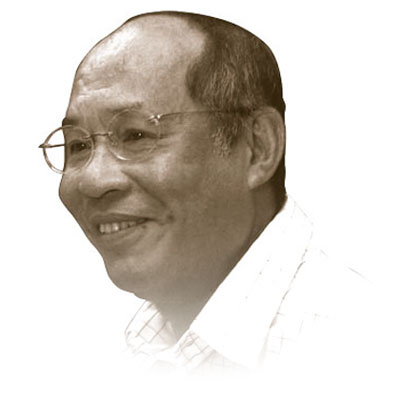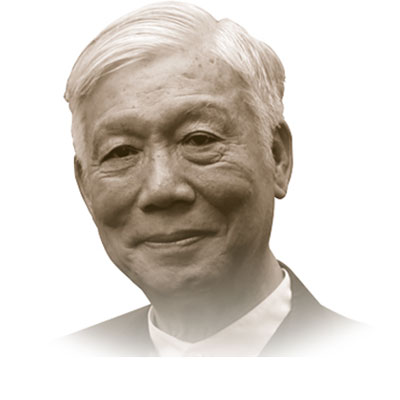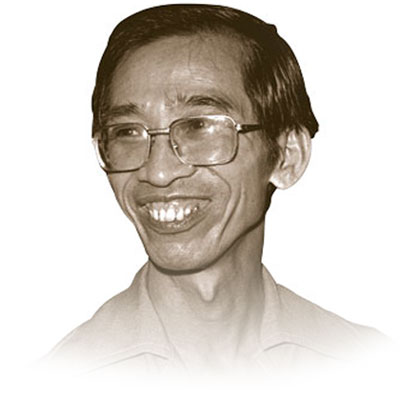Anti-extradition bill protests
The catalyst for the current protests was the Hong Kong government’s decision to amend the current Fugitive Offenders Ordinance on the pretext of the ongoing Chan Tong-kai case. Chan is accused of murdering his girlfriend in Taipei but cannot be extradited to stand trial in Taiwan because the law does not allow Hong Kong to transfer fugitives to mainland China and Taiwan.
Protesters storm the Legislative Council building while police watch on.
Protesters storm the Legislative Council building while police watch on.
On June 16 up to two million citizens took to the streets to protest against the amendment bill, which they believe would destroy the firewall between Hong Kong and the mainland, where fair trials are not guaranteed. Opponents range from pan-democrats, lawyers and businessmen to major foreign countries such as the United States and Britain. Critics argue that Hongkongers, or visitors in the city, could be victimised for political reasons, or be prosecuted for crimes committed inadvertently.
In response to the massive demonstrations on June 9 and 16, the Hong Kong government suspended the extradition bill with no time frame for its reintroduction but maintains the legislation's intention to plug the legal loopholes is still valid. (June 15)
Occupy Central
The large-scale sit-ins in Hong Kong’s business districts, Admiralty and Mong Kok, lasted 79 days from September 28 to December 15, 2014. The Umbrella Movement emerged out of opposition to Beijing’s stringent framework for implemental universal suffrage in Hong Kong. The election of the city’s leader would consist of candidates pre-vetted by a 1,200-member panel that would be mostly Beijing supporters.
The idea to occupy was first floated in 2013 by law professor Benny Tai Yiu-ting, who later started the civil disobedience movement Occupy Central with Love and Peace with pastor Reverend Chu Yiu-ming and sociology scholar Chan Kin-man. They ran a series of ‘deliberation days’ inviting members of the public to discuss ways of reform.
But as Beijing decreed its rigid framework on August 31, 2014, hopes were dashed and protesters gathered outside the government headquarters. The trio of Tai, Chu and Chan soon found matters were running out of their control. Student leaders did not follow their plan of a sit-in, but instead stormed into the forecourt of the government headquarters and got arrested.
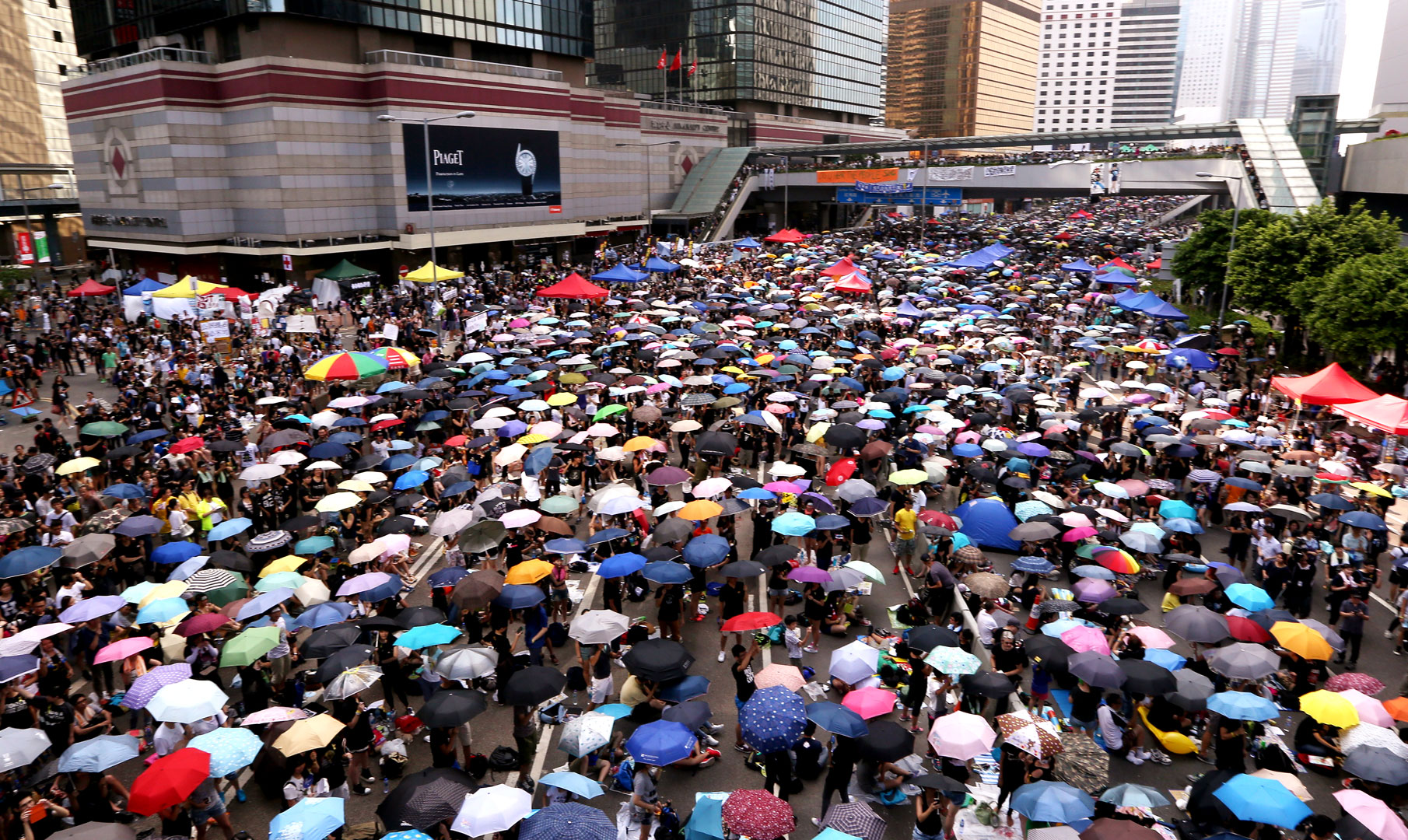
Protesters raise their umbrellas as they take over Admiralty
Protesters calling for the students’ release flocked to Admiralty and eventually blocked a major road. The police use of tear gas and pepper spray on protesters shocked the city. Protesters used umbrellas to protect themselves and that was how the movement found its name.
During the occupation that lasted for more than two months, the government held a televised talk with student leaders but bore no fruit. The movement was undermined by a lack of unity between the trio, politicians and student leaders. After months of traffic disruption, the movement began to lose wider public sympathy.
In the end the campaign ran out of steam, with the trio surrendering themselves to police and student leaders leaving the protest zone quietly. None of the demands for universal suffrage were met.
Dock workers strike
About 500 dock workers at Hong Kong’s Kwai Tsing Container Terminal demanded a 15 per cent pay rise and improvements to their working conditions. The port operator is owned by Hong Kong’s richest man, Li Ka-shing. Workers and supporters protested outside the terminal, paralysing the container port and causing delays in the exchange of maritime cargo. They later also gathered outside Li’s office building in Central.
The strike captured media attention and popular sympathy as well as the support of other groups like the student union and pro-democracy parties, and the International Labour Organisation.
Organisers said 4,000 protesters marched from Victoria Park to Central on April 7. Police put the figure at 2,800.
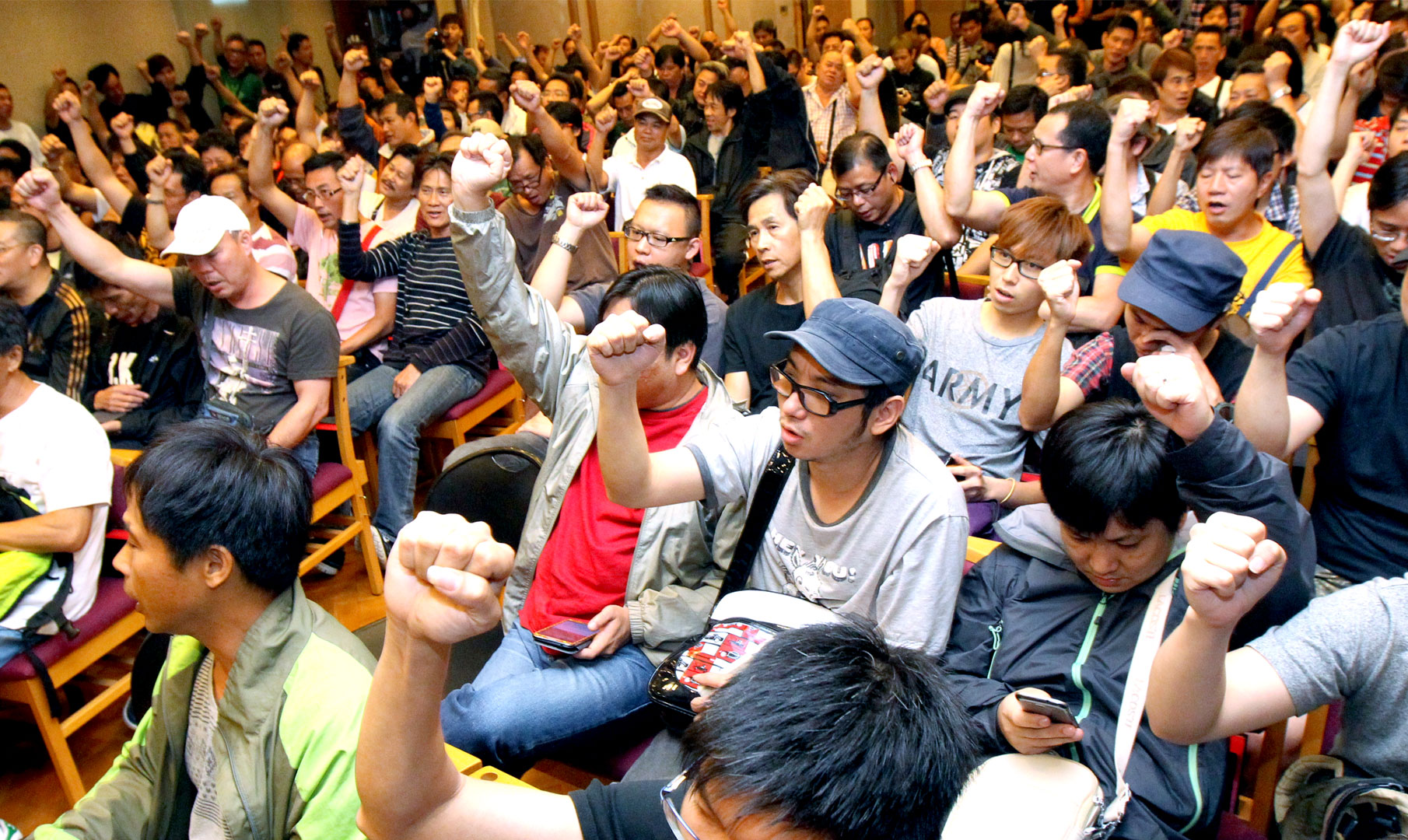
Striking dock workers at a general meeting in Wan Chai.
Lasting 40 days, this was the longest running industrial action in Hong Kong after the second world war. The strike was called off when workers accepted an offer of a 9.8 per cent pay rise.
Anti-national education movement
The Hong Kong government tried to impose a course called “Moral and National Education” on all schools in the city. Fears were expressed that the course represented political propaganda that exalted the benefits of Chinese communism and criticised democracy, and sought to brainwash Hong Kong’s youth.
Led by the 15-year-old Joshua Wong Chi-fung, a group of secondary school students founded the Scholarism movement to mobilise students against the proposal. They were soon joined by parents’ and teachers’ groups.
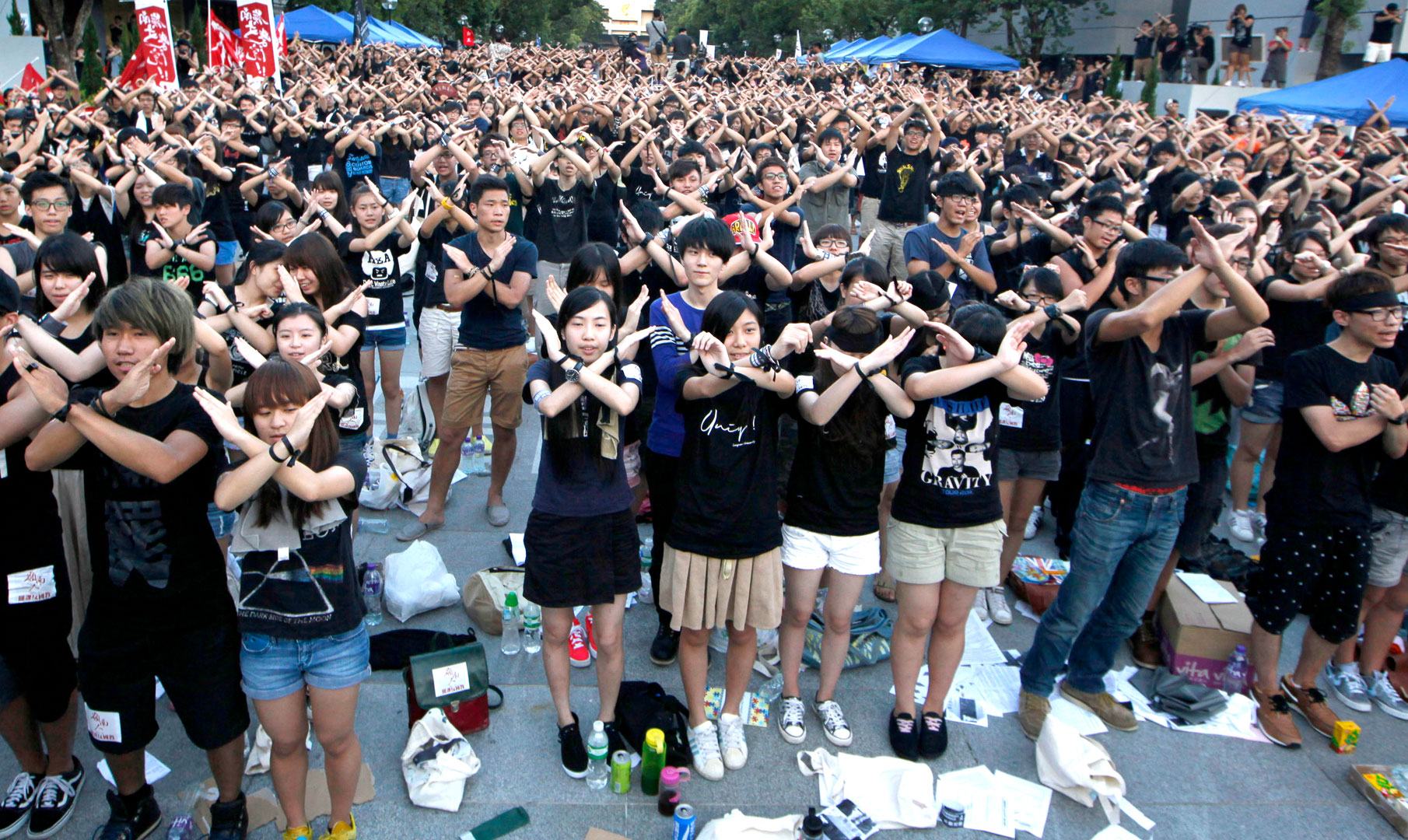
Students during a class boycott at the Chinese University of Hong Kong
At the end of July some 90,000 people protested in the streets of Hong Kong to support the students. The march resulted in an occupation of the forecourt of the government headquarters, now known as the ‘Civic Square’, and lasted several months. In August, three student leaders started hunger strikes.
Seeing the unpopularity of the new proposal and fearing the adverse reaction to images of teenagers on hunger strike, the government first announced that the new curriculum would not be mandatory, and soon after, a temporary withdrawal of the proposal. Scholarism joined the Occupy protests in 2014, went defunct in 2016, but its core members, including Wong, later founded political party Demosisto.
The Anti-Express Rail Link Movement
The controversy began in 2008 when the government unveiled a formal proposal for the 26km express rail link with mainland China terminating in West Kowloon. The initiative required the demolition and relocation of the farm village Tsoi Yuen Tsuen. Protestors cited social dislocation, cost, noise pollution, customs and border control complications, and existing rail links as reasons for their opposition.
When the Legislative Council started to discuss the government’s funding request for the project, protesters performed a “prostrating walk” around the Legco building, in which participants knelt and touched the ground with their heads every 26 steps to symbolise the length of the rail link.
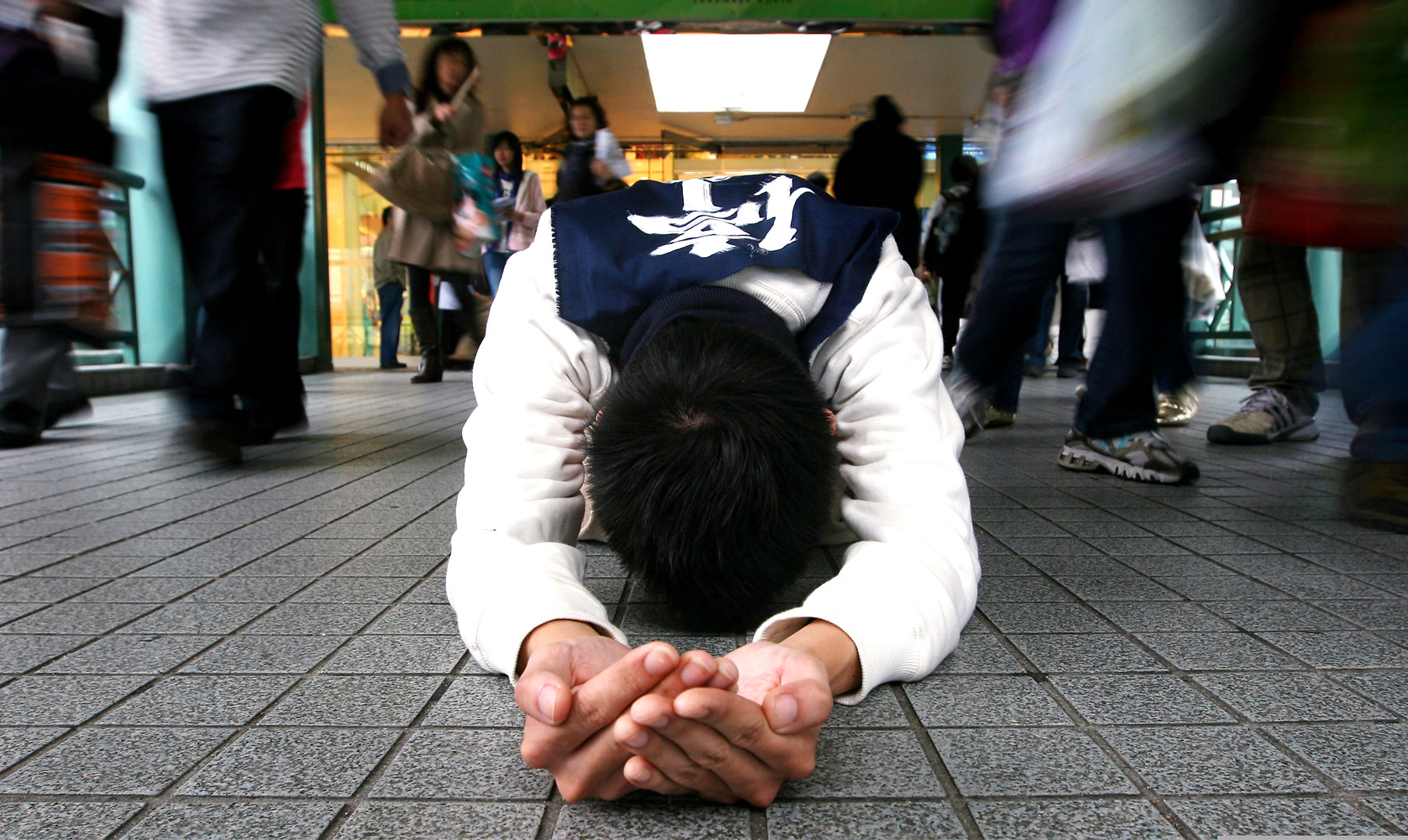
Villagers perform a symbolic walk against the high-speed rail link.
The climax came when lawmakers were set to approve funding on January 26, 2010. Thousands of protesters besieged the Legco block for about five hours, with some trying to storm inside while others occupied roads nearby.
Funding was passed due to the pro-establishment bloc’s majority in Legco. After violent confrontations the activists were dispersed by the police.
Wedding Card Street protests
Another announcement of redevelopment, this time on Lee Tung Street in Wan Chai. The street, also known as “Wedding Card Street”, was famed as a centre for print wedding card invitations. Activists were angry that a traditional neighbourhood was to be demolished to make way for an upmarket residential redevelopment. They sought to preserve the character of the area and its cultural heritage, appealing to the authorities by presenting their own urban planning proposals. The designs were rejected. Activists then broke into the Town Planning Board sessions and tried to stop the works at the demolition site. A resident affected by the project staged a hunger strike.
The initiative was not successful because of a disparity of opinions about the project and because some owners had already accepted compensation from the Urban Renewal Authority. But the campaign did pressurise the redevelopment agency to consider preservation of local character in future projects.

Tempers fray as a resident stages a hunger strike to protest the demolition of Lee Tung Street.
Save Queens' Pier
In September 2006, the government announced plans to demolish Queen's Pier to make way for land reclamation and the construction of the Central-Wan Chai Bypass. Many Hongkongers were furious, claiming the pier and the Star Ferry represented part of the city’s collective memory and cultural heritage.
In July 2007, protesters began to occupy the pier and staged a hunger strike, demanding the landmark be declared a historic monument. Three days later the Lands Department issued a statement saying the protesters were unlawfully occupying government land. Activists were requested to evacuate the premises by midnight of August 1. Protesters were removed from the pier by police.
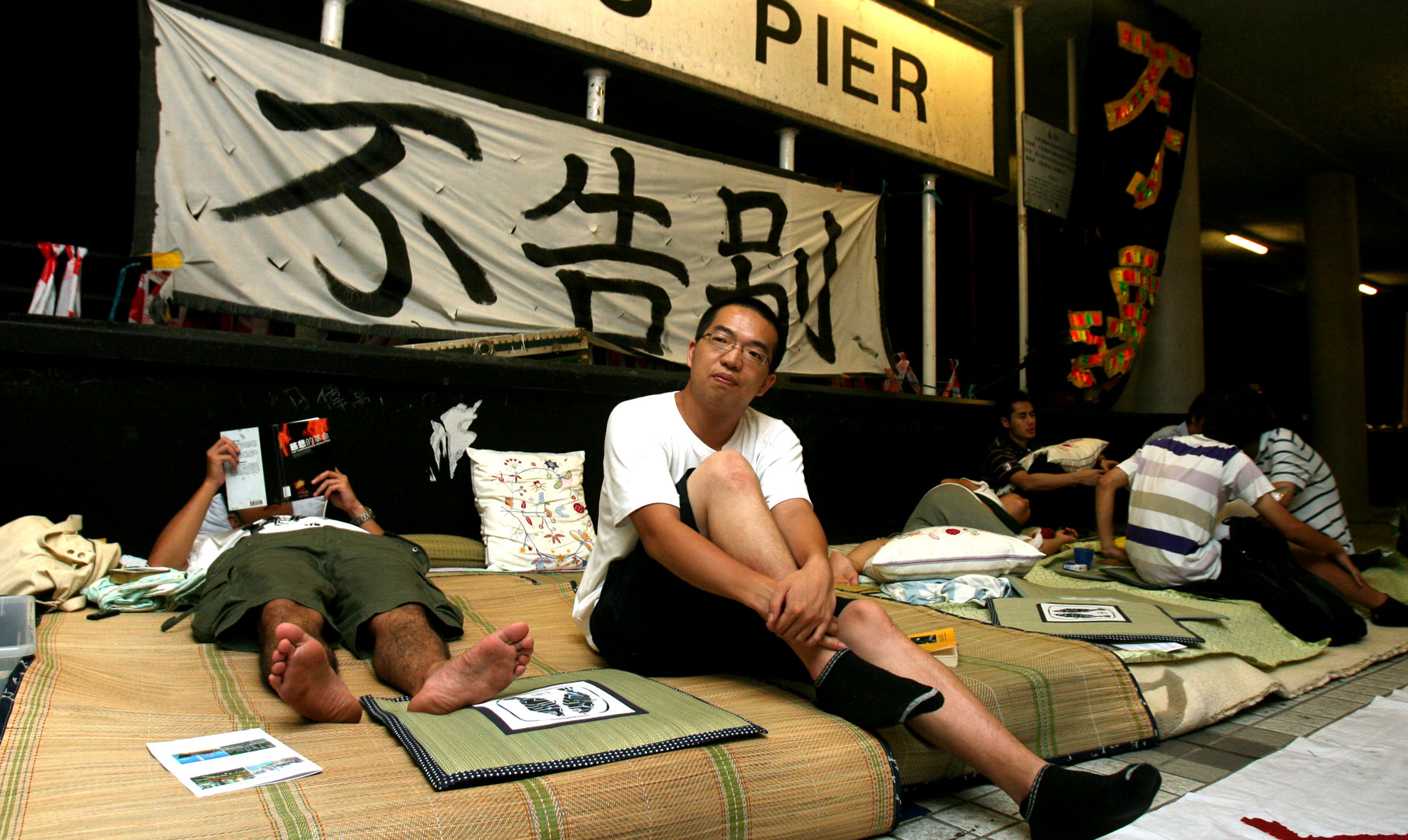
Activists stage a hunger strike to protest plans to demolish Queen’s Pier.
The Pier was completely demolished in March 2008. The protest is seen as the “awakening” of Hongkongers’ sense of local identity and it sparked a series of heritage conservation campaigns in the community.
Anti-Article 23
Hong Kong’s economy took a battering in the years following the handover.
First the Hang Seng Index collapsed during the Asian financial crisis of 1998, followed by the dotcom bubble bursting after which the global economy was struck a further blow when the US suffered the September 11 terror attacks.
Just when it seemed like Hong Kong’s economy could not get any worse, the 2003 Sars epidemic struck, killing 299 people and devastating confidence in the city. House prices plummeted. Discontent was widespread.
When then security secretary Regina Ip proposed a national security legislation under Article 23 of the Basic Law, the city’s mini-constitution, which aimed to “prohibit any act of treason, secession, sedition, subversion against the Central People’s Government” Hongkongers responded en masse, charging that the bill was a direct attack on the city’s core values, such as freedom of speech and of association.
Half a million citizens directed their ire at then chief executive Tung Chee-hwa by marching from Victoria Park to the government offices in the largest protest seen in Hong Kong since the 1997 handover.
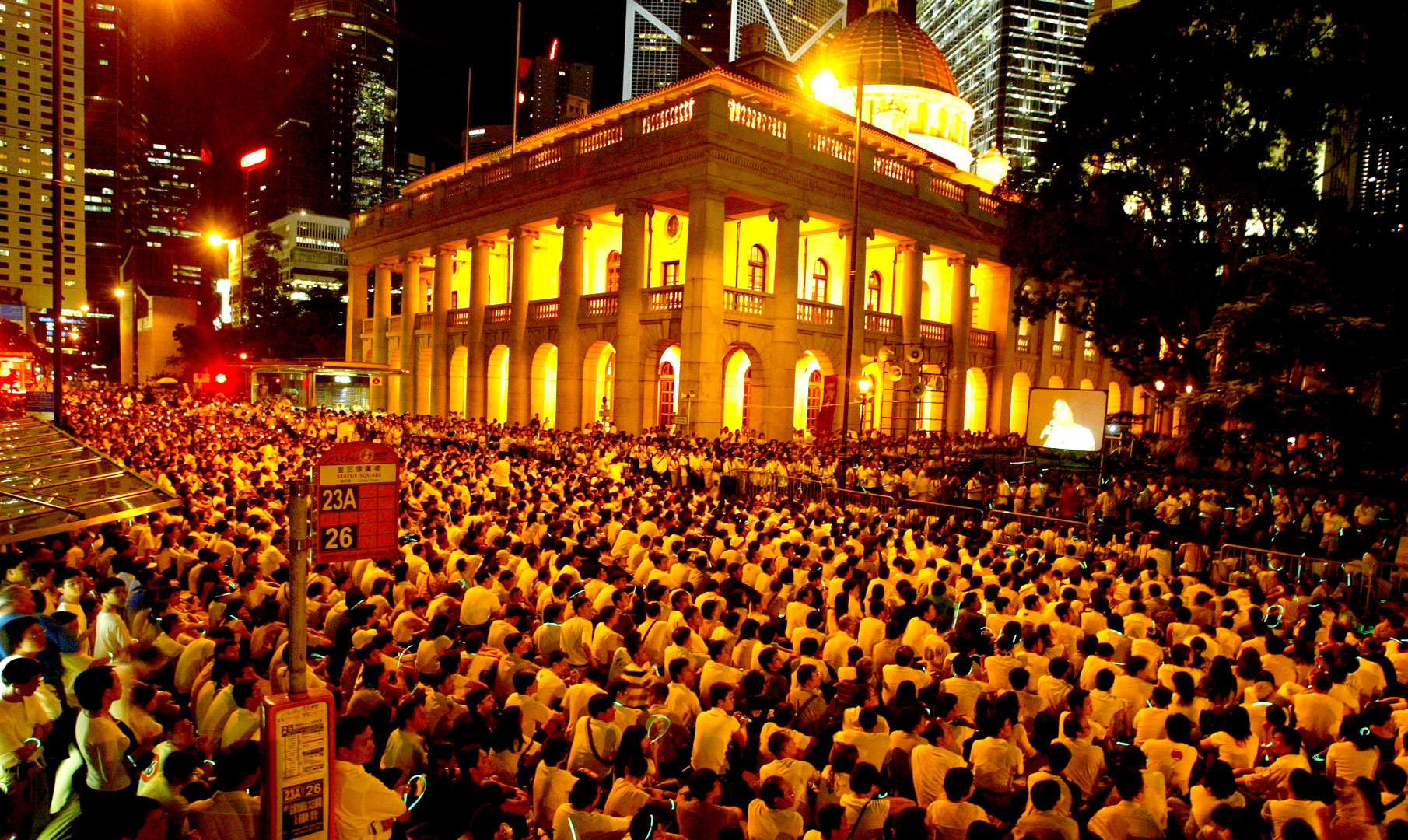
Protesters gather outside the Legislative Council.
The Article 23 bill was eventually withdrawn and Regina Ip resigned. Tung initially stayed on but remained unpopular. He tendered his resignation in 2005, citing leg pains, two years before the end of his term.
Since then, protests have been called every July 1 to coincide with the anniversary of the handover and serve as an opportunity for people to express discontent and call on the government to implement universal suffrage, protect the freedom of speech and address a variety of other social political concerns.
Tiananmen solidarity protests
This event resulted in two gatherings:
May 21
In China, massive crowds had gathered in Beijing’s Tiananmen Square demanding democracy and the resignation of Li Peng, the Chinese Premier. When the authorities imposed martial law in Beijing, 600,000 people in Hong Kong marched on the streets in solidarity. The Hong Kong protests continued over the following days, bringing together disparate elements including leaders from the pro-Beijing Federation of Trade Unions, journalists from the leftist press, and even staff from Xinhua News Agency, the then de facto Chinese embassy in Hong Kong. More than 300,000 turned up for the star-studded Concert for Democracy in China at the Happy Valley Racecourse on May 27.
May 28
A crowd of 1.5 million people, then the largest in Hong Kong’s history, gathered to protest when the forceful military occupation of Tiananmen Square became imminent.

Crowds take to the streets in support of China’s pro-democracy movement.
The events of Tiananmen shattered Hongkongers’ confidence in the future of their city, which would return to Chinese rule under a deal signed just four years before between China and Britain. Stock markets plunged. Hongkongers became apprehensive about maintaining the city’s freedoms, its own identity, and pluralism, and whether the “one country, two systems” principle promised by Beijing would really work. Tens of thousands emigrated in the years after 1989.
Today, people continue to gather for a vigil to remember the movement every year on June 4 in Victoria Park, the only place in China where public commemoration of the incident is allowed. Over time the commemoration has become part of Hongkongers’ collective memory and identity.
"Golden Jubilee" incident
Thousands marched in outrage over the expulsion of suspected “leftist” pupils at the Precious Blood Golden Jubilee Secondary School, a Catholic girls’ school. Students and teachers staged a weeks-long sit-in at the Hong Kong Cathedral Compound to demand the reinstatement of four expelled pupils and the dismissal of their headmistress, who was accused of financial mishandling. A 20-year-old Carrie Lam Cheng Yuet-ngor marched with her fellow Hong Kong University students to give a petition to the governor in the then-British colony.
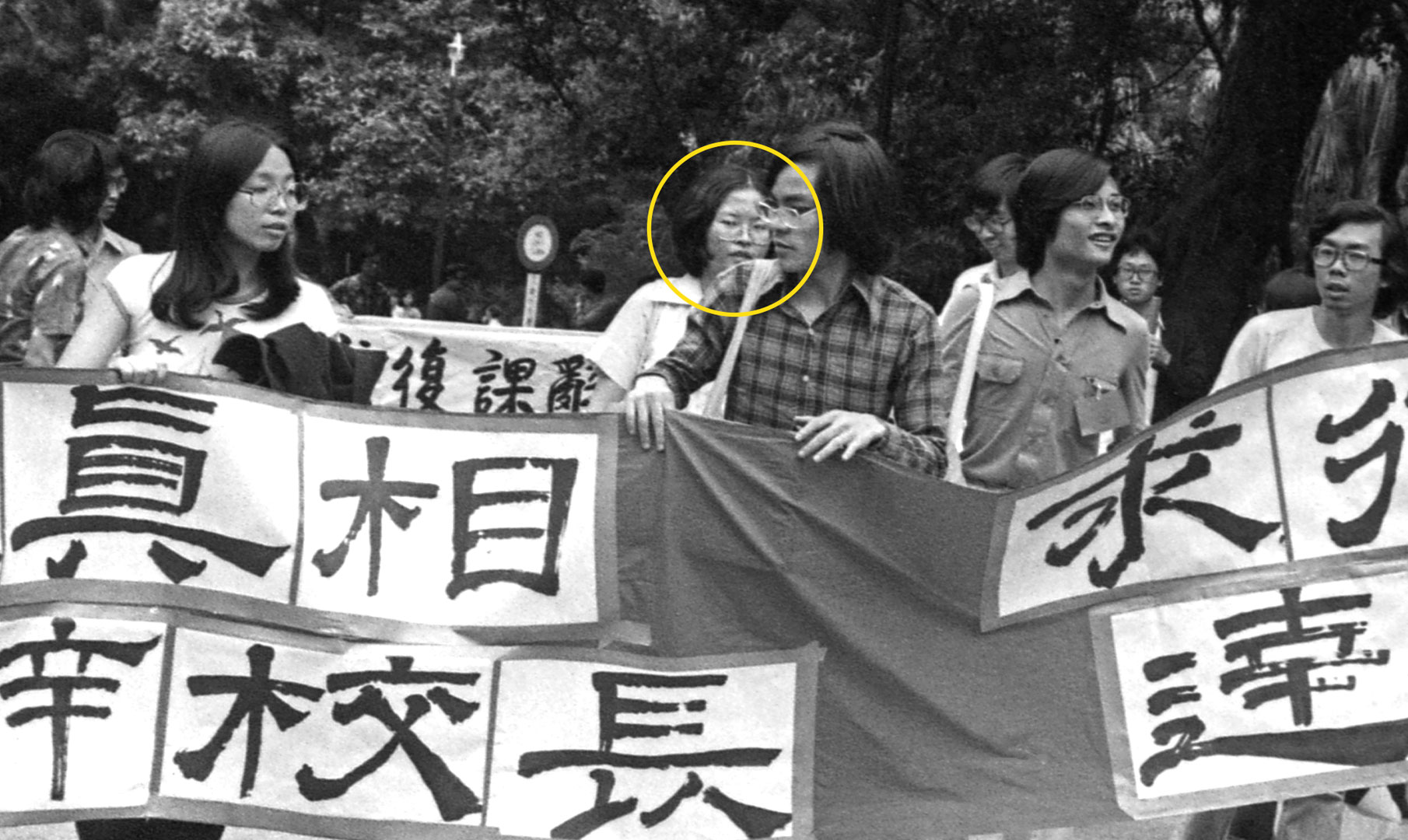
A young Carrie Lam attending a march on Government House.
The colonial government eventually intervened and shut the school down.
Teachers’ strike
The recently founded Hong Kong Professional Teachers Union took strike action against the colonial government’s proposed cut to teacher salaries by 15 per cent. Eighty per cent of primary school teachers took part.
The government was forced to withdraw the proposed salary cut. The PTU repeatedly challenged the government throughout 1972 forcing it to make several more concessions.
Leftist riots
Regarded as a spillover of the Cultural Revolution on the mainland, what originated as a minor labour dispute in a plastic flower factory in Kowloon spiralled into large scale demonstrations to become the most violent events in Hong Kong since the second world war. Also fermented by social discontent, thousands of pro-Maoist demonstrators took to the streets in protest against the colonial British authorities, adopting shock tactics including strikes, assassinations and the planting of decoy as well as real bombs. When the rioting subsided, 51 people were dead and 832 injured, with nearly 5,000 arrested.
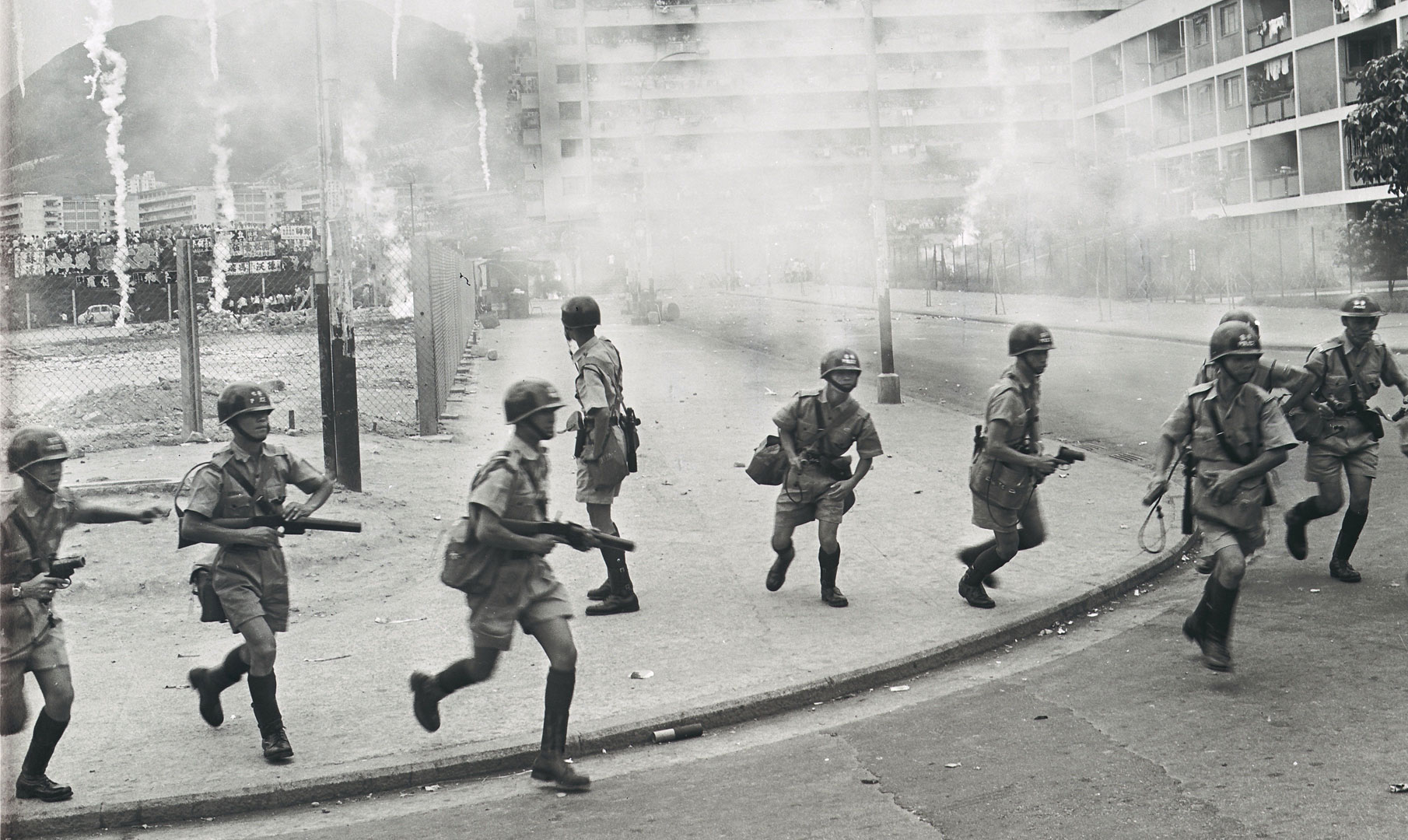
Police fire tear gas to disperse rioters.
The Public Order Ordinance of 1967 remains in force, which means people must obtain permission from the police for any demonstration, while the police can prohibit demonstrations that they think threaten public order and arrest citizens holding “unlawful assemblies”.
On the other hand, the next governor, Murray MacLehose, initiated a raft of measures to address social discontent, including a 10-year public housing programme, measures to improve workers’ conditions, and provision of free education.
Star Ferry riots
Before the Cross-Harbour Tunnel was built the Star Ferry was the essential transport link between Hong Kong Island and the Kowloon Peninsula. When the Star Ferry company announced a fare increase of five cents, which was approved by the government, the public was incensed. A 27-year-old translator, So Sau-chung started a hunger strike. When So was arrested protesters gathered to demand his release. Four days of rioting in Mong Kok and surrounding neighbourhoods followed, leaving one person dead, dozens injured, and over 1,800 arrested.
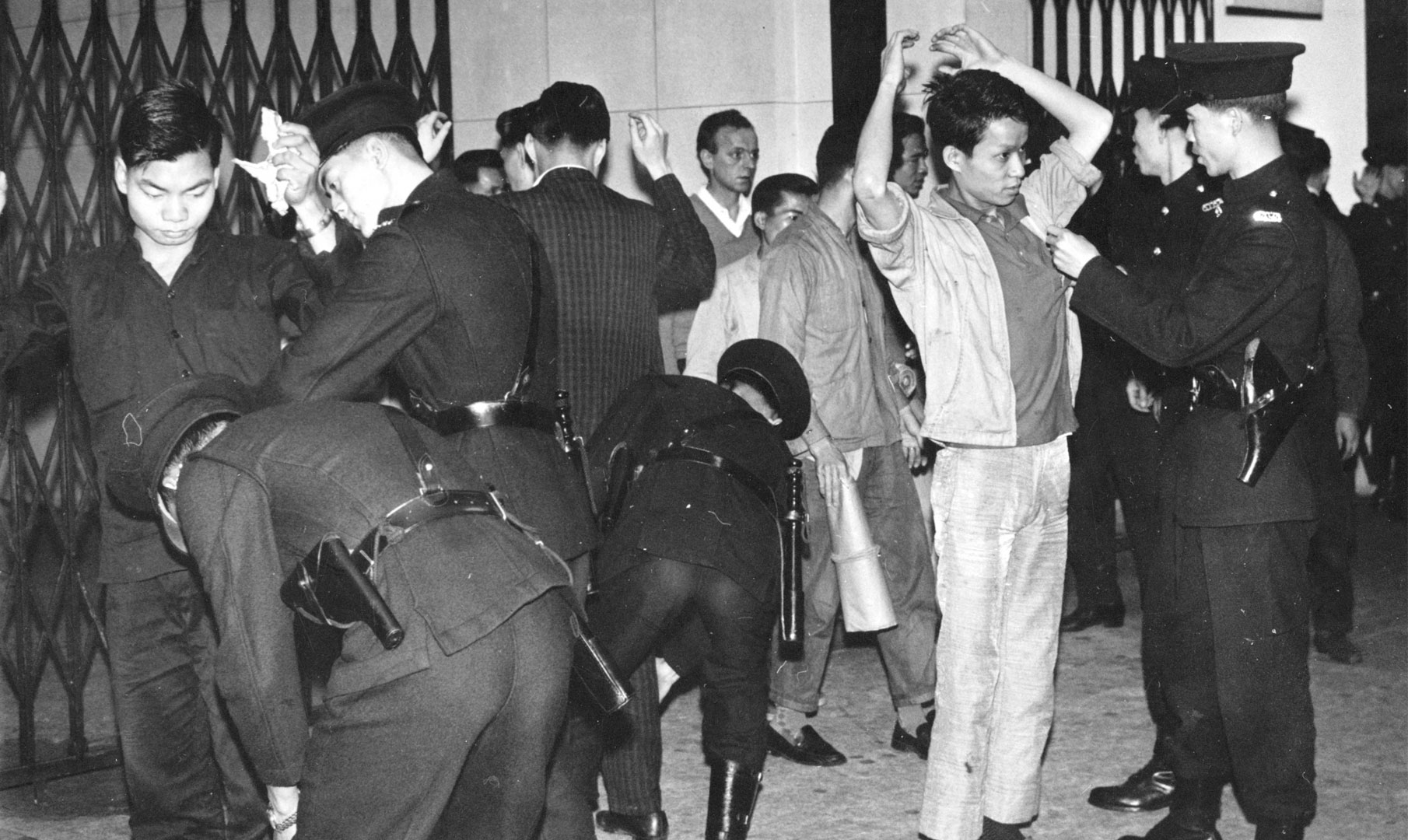
Police questioning demonstrators at the Star Ferry pier.
The colonial government appointed a commission of inquiry in May 1966 to look into the causes of the disturbances. The commission concluded that there was a gap between the government and the people, especially in economic and social fields.

